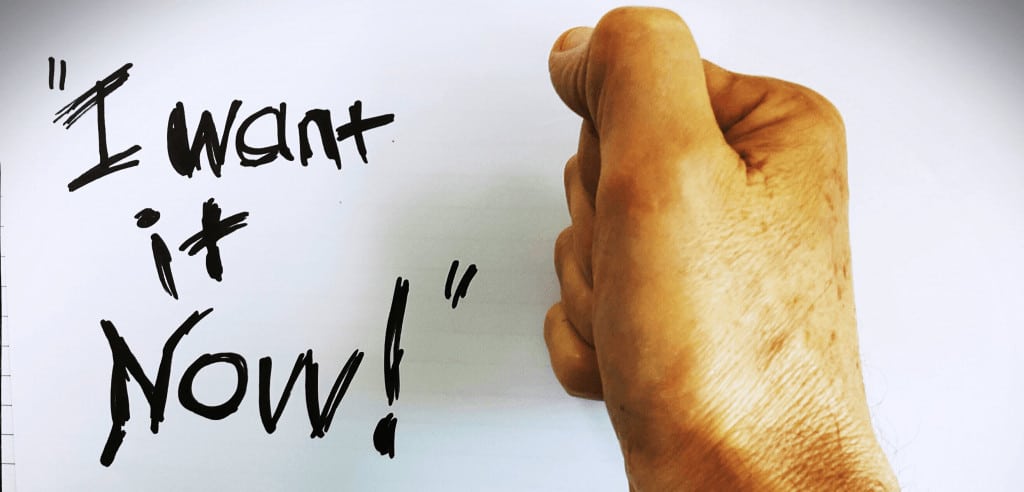Why is it that we sometimes make good decisions and sometimes bad decisions? Impulsiveness? Impatience? Pressure? Read this article to learn how to stop making bad choices from now.
Analyzing and understanding the differences in our decision making process can make all the difference moving ahead in your life with confidence and without regrets.
Through analyzing students’ responses to essay questions in our NLP Practitioner Training, I’ve come to see a common pattern and have developed a formula that goes a little further than the standard VAK Decision Making Process Technique.
No idea what the VAK Decision Making Process is?
VAK stands for Visual, Audio and Kinesthetic. In NLP (Neuro-linguistic Programming), when we refer to VAK, we are referring to the way a person processes information, their preferred modality. You may have heard of VAK as a learning style. The basis is the same, but when we talk about VAK in regards to decision making, it is a little different. Let’s understand how to use VAK to stop making bad choices.
VAK in Decision Making
When you make a decision, what’s going on in your mind? To find out, do this little exercise..
Think about the best decision you’ve ever made. How did you come to the decision? Did you talk to anyone about it (auditory)? Did you see what you wanted and went after it (visual)? Did the thought of having or doing it make you feel good (kinesthetic)?
Now, think of a bad decision you’ve made, one you regret. How did you come to that decision? Did you get input from others (auditory)? Did the idea make you feel excited (kinesthetic)? Were you swayed by the way something,or someone looked (visual)?
By reviewing your good and bad choices, you can see what areas, or modality, you focused on when making the choice. To make a good choice, according to NLP, you must include each modality – Visual, Auditory, Kinesthetic. If you left out one, the decision may very likely have led to a bad choice.
How was the process different for the good decision vs. the bad decision?
Well, every student I’ve worked with says that the process of the good decision included a visual component, kinesthetic component and an auditory component. Whereas, bad decisions – 99% of the time – lacked an auditory component.
So, we can see that the formula for a good decision is:
V plus K plus A = good decisions
And the formula for a bad decision is:
V plus K minus A = bad decisions
Examples of the visual component could be liking the look of something you want to buy, seeing yourself in the environment you want to move to, or seeing the beautiful woman you want to marry.
An example of kinesthetic could be the feel of a new car’s leather interior, a feeling of happiness when you are around the certain person, the excitement of starting a new relationship. Kinesthetic can be external touch or an internal feeling.
An example of auditory could be talking your decision over with someone or talking to yourself.
Now, when you have implemented all elements of VAK, technically, it should result in a good decision, right?
Not true! This is where I go a step further to stop making bad choices…
The challenge is not merely implementing the standard VAK Decision Making Strategy, but choosing the correct Auditory portion and really listening.
Think about when you were a teenager. Your parents would try to tell you not to do this or that. You would say, “Yeah, what do they know. They aren’t me.” And you would most likely disregard their input and do something stupid.
Or, you would tell your friend an idea and he would encourage you to do it, but it was really a stupid idea and he was an immature as you.
At this point, you aren’t really thinking that you need to stop making bad choices. You hadn’t had much practice regarding bad versus good decisions in general. But, as an adult, making bad decisions really does affect your life and you want to stop making bad choices and get your stuff together for once and all!
The only way to stop making bad choices is to slow down the decision making process.
Impulsive decision making usually does not turn out well. Impulsive decision making is always missing the audio component. The audio takes too long and who has the time, right? I want it now!
You might say that you did talk to someone about the decision. However, they were probably a partner in crime. They might have been the fiancé, the salesman, your buddy. They probably were not a neutral party that didn’t have a stake in the decision you made. When we want what we want, and we don’t want to persuaded against it, we don’t listen!
So, the real challenge with the VAK decision making process is choosing the right auditory tactic and listening, no matter what. Easier said than done.
There is only one reason we don’t do this. We don’t want to be persuaded against what we really want. Let’s be honest, we know when we are acting impulsively!
Unfortunately, success does require maturity.
It isn’t as simply as just implementing VAK. To make a good decision and stop making bad choices, you must choose a neutral person to talk with. Ask them questions, listen with a open mind (they don’t have the kinesthetic or emotional connection to the outcome like you do). Then, after incorporating that audio portion into your decision, if you still kinesthically feel the same way about the decision, go for it!
VAK is a great technique to keep in mind. And by implementing it, you will make much better and clearer decisions. However, you still need to approach your decision making with maturity and your ultimate goal must be to make the best decision.


